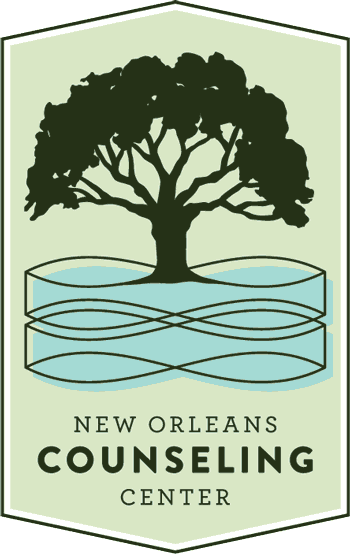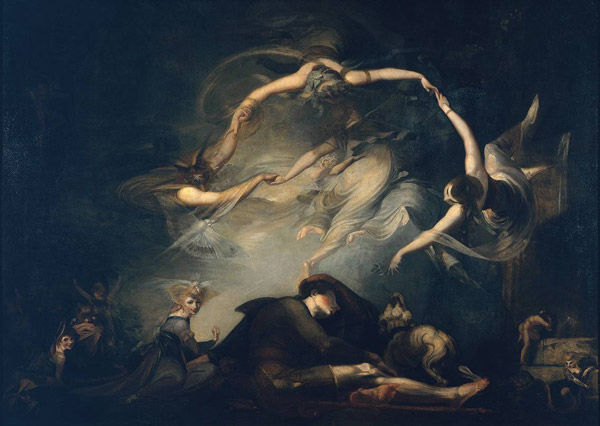My calls to Clio are going straight to voicemail. Erato won’t respond to my texts. Calliope? Don’t even ask. That’s why I’m visiting the Temple of the Tenth Muse. Espresso has almost never let me down. I have come to this sacred space with a question: “Where does inspiration come from?” I don’t really know. Right now I’m thinking it comes from absurdly strong coffee but let’s see what others say.
The Greeks believed that inspiration came from goddesses called muses. The muses were considered to be responsible for all human knowledge of science, literature and the arts in ancient culture. Artists and poets were thought to enter into a state of ecstasy or furor poeticus. During this mood of divine frenzy the artists were carried out of their minds and gained access to the transcendent thoughts of an individual goddess. Each goddess embodied a specific area of understanding or creativity.
If you’re in need of a Hellenic revelation just drive through the Lower Garden District and make an offering to: Calliope (Epic poetry), Clio (History), Erato (Love poetry), Euterpe (Song), Melpomene (Tragedy), Polymnia (Hymns), Terpsichore (Dance), Thalia (Comedy) and Urania (Astronomy).
In Christianity inspiration has been seen as a gift from the Holy Spirit. Christian theologians believe that the writers of scripture were taken over by the voice of God. This kept the text free from being influenced by a person’s mortal thoughts, which would have skewed the divine message. Johann Sebastian Bach was a Christian composer who found his inspiration to create in the celebration of his faith. He saw music as a sacred art and has been quoted as saying: “Music’s only purpose should be the glory of God and the recreation of the human spirit.”
The Romantic poet Samuel Taylor Coleridge had a particularly fascinating view of where inspiration came from. In “The Eolian Harp” he likens the creation of a poem to the gentle acceptance and channeling of divine air currents. He seeks to find the divine within nature and establish humanity’s unity with nature. Here is an excerpt from The Eolian Harp:
And what if all of animated nature
Be but organic Harps diversely framed,
That tremble into thought, as o’er them sweeps
Plastic and vast, one intellectual breeze,
At once the Soul of each, and God of all?
Sigmund Freud believed that artistic inspiration was mainly fueled by unresolved psychological turmoil within the psyche of the artist. He conceived this psychic chaos to be the product of early childhood trauma, the repression of erotic energy or the breakdown of the ego’s defense mechanisms. Sigmund also re-introduced the idea that artists have a special capacity to enter into a “poetic phrensy” in attempts to heal their own inner wounds.
Modern psychology is currently at a loss when it comes to understanding inspiration and perhaps this is for the best. Inspiration does not need to be measured nor medicated. It appears to come most naturally when our mind relinquishes conscious control and attunes itself to something more expansive. A double espresso probably can’t hurt either.

